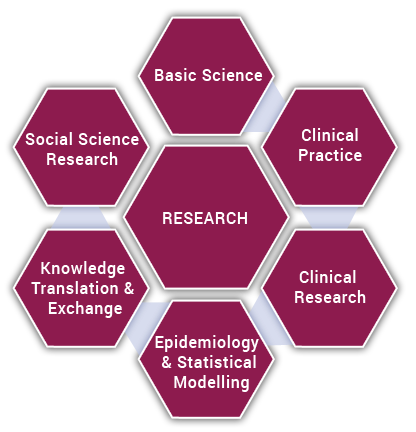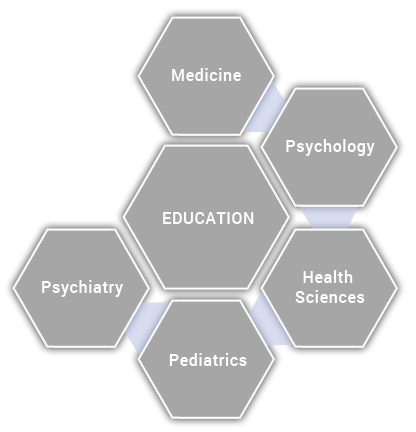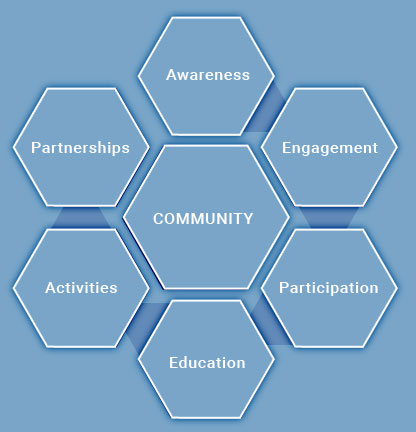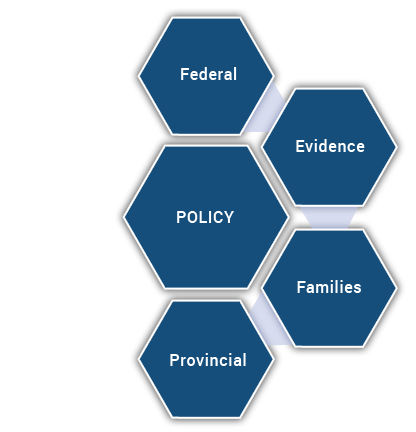Last year MacART acted as a project sponsor for the Health Leadership Academy’s Innovation by Design course, where worked with five undergraduate studentsusingdesign thinking methodology to address the lack of services for children with autism. That group created a prototype web portal for parents of children who have been referred for an ASD diagnosis and are waiting for an appointment. We were happy to act as a sponsor for the course again this year, which came with a different and unique framework – imagining problems in the year 2030.
A new group of students – Mia Cai, Timothy Choi, Zeba Khoja, Roham Sanaie, Isobel Sharpe, and Afraah Shirin – were tasked with envisioning the future of autism care, specifically around the transition period from pediatric to adult care. A child with autism today may be aging out of the pediatric system in 2030 – what would their supports and services look like?
The group interviewed numerous stakeholders, including a university student with autism, family members of those on the spectrum, a social worker assisting with the transition period, and others. Using design thinking methodology, such as exploring weak signals, insights, and generating future questions, the students developed a ‘museum exhibit’ – a newspaper article – that portrays the realities of the current challenges in autism care. They described an inter-minsterial approach, where multiple Ministries took on responsibilities for autism care. Their poster outlines the current problem, how it might look in 2030, and why their chosen solution might work. Their proposal is a timely one, which happened to coincide with an announcement from the current Ontario Ministries of Education, Health and Long-Term Care, and Children, Community and Social Services of a partnership approach to consultations on the Ontario Autism Program.
Thank you to the students for their dedication and excitement about this topic – it was very exciting to see the innovative thinking and creative approaches they brought to this problem. Please explore their handout, poster, and final product for more information!




